we have izakaya at home
Sometimes the only way to capture the feeling of your favorite restaurant is to recreate the food yourself.
There’s this restaurant in Hawaii called Bozu. It’s a small izakaya on the top floor of a bi-level strip mall in Honolulu. Ed’s mom, Donna, is a regular there. She goes a few times a week because it’s right next door to her paint-your-own pottery studio, Clay Cafe.
The setting of the izakaya isn’t particularly special. There are bright overhead lights with random scattered decor on the walls, like an acrylic “Honolulu” sign with text superimposed over the city skyline. No two table configurations are the same and every seat is just the slightest bit uncomfortable. Yet, there’s something special about this place.
It’s the first restaurant I went to when I visited Hawaii. Auntie Donna invited us there for dinner after awaking from our post-plane nap. We stepped into Bozu and were greeted with “irasshaimase,” the Japanese welcome, from everyone working. The owner, Katsu, was especially excited to see Ed following his long-awaited homecoming to Hawaii after two years away.
We sat at the corner of the sushi bar and immediately dishes started coming out: binchotan grilled sting ray fin (eihire), raw sardines (iwashi) with scored skin and calamansi, cups of freshly brewed matcha, fried shrimp heads, a selection of nigiri, including a special piece on the house for Ed and me; overflowing ikura topped with fresh uni. Sure, I had eaten plenty of Japanese food before, but nothing like this with a sampling of classic izakaya dishes all right in front of me.
It’s here where I realized Ed’s appetite, or really his curiosity of food, came from his mom, who like him, continued to tack items onto our dinner: an order of french fries, garlic-anchovy edamame, an unagi avocado roll. This bounty was a reflection of the island style of hospitality. A way to say welcome, and more importantly, welcome home.
I’m always chasing the feeling of Bozu in New York. No izakaya, sake bar, or omakase spot that I’ve been to has come close. I’ve eaten at casual Japanese eateries by NYU, but the food misses the mark and favorites like eihire and garlic anchovy edamame aren’t even on the menu.
It seems like the casual ambiance of Bozu can’t be replicated on the East Coast. we don’t have access to the same kinds of fish, and if we do, it’s at a much higher price point. The limitations that the city presents — rent, labor, access to ingredients — forces the izakaya format into a different, and more premium, box. This style of informal cookery becomes more of an “occasion.” It’s given more frills, more flair, and more fuss.
I’m convinced that the only way to enjoy the food from Bozu outside of Hawaii is to make it at home. So for the holidays, that’s exactly what Ed and I did: We recreated traditional izakaya bites in our own kitchen. While the issue of sourcing high-quality fish from Japan still stood, what better time to splurge than Christmas Eve — and having the hook up at the Japanese fish market didn’t hurt either.
We sat down and brainstormed our favorite izakaya dishes that we wanted on the table. Mine included eihire with garlic Kewpie mayo, unagi avocado rolls, and potato-egg salad. Ed wanted steamed fish, meatballs with tare, a Japanese spinach salad (spinach ohitashi), negi toro rolls, and lots of thickly-sliced sashimi. Our wish list was long, but it was Christmas! A time for excess! We wrote out a prep list, which helped us plan the meal out accordingly without forgetting and components or ingredients, went grocery shopping, then got to work.
On the day of our dinner, Ed started by making a big batch of dashi to use as the base for all the sauces and elements of some dishes, before preparing the sushi fish we got from Osakana. We splurged on a wide variety of seafood. There was Hokkaido scallops, fatty tuna (otoro), medium fatty tuna (chutoro), lean tuna (akami), striped jack (shima-aji), amberjack (hamachi), salmon, and unagi. He cleaned it all, trimming off the excess skin and bits, before placing the filets on paper towel-lined trays in the fridge to absorb the moisture. I tackled the potato salad, the spinach ohitashi, and wafu salad.
When the guests started to arrived, I pulled out a bottle of Dassai Blue 35 from a trip to the upstate distillery that was waiting for its moment. Ed set out beautifully arranged plates of sashimi atop beds of thinly sliced daikon. The cuts of fish were thick and generous — portions that you won’t see at a restaurant. We served the sashimi alongside grated daikon and shiso leaves so our friends could design their own bites. Also on the table: the eihire that I had been missing in New York for so long.
After the initial round of sashimi, we headed back into the kitchen to prepare the next course while our friends cracked open another bottle of sake. A few minutes later, we filled the table again, this time, with a new spread. At the center — a whole sea bream (madai) stuffed with slices of ginger and scallion and steamed in a pool of mentsuyu, made from Ed’s dashi base.
We supplemented the fish with accoutrements: bowls of potato salad, meatballs, spinach ohitashi, wafu salad, miso soup, and rice. I used this recipe to replicate that gingery dressing you get on an iceburg lettuce salad at any suburban sushi spot. For the pork-based meatballs, Ed used the classic technique of making panade — a “glue” of panko, eggs, and milk to bind the ingredients together — and seasoned with cinnamon, shiso, and grated onion. It was an Iranian-Japanese mash-up of sorts, which he declared at the table to be “us in a meatball.”
Later, we migrated to the living room for dessert . . . and more sake. I wanted something that felt in line with the dinner; an individually portioned treat that was Japanese-esque without being too on the nose. I turned to my go-to, pot de crème, and made a matcha version instead of my usual semi-sweet chocolate.
Just when our friends thought the meal had come to an end, Ed and his friend went back into the kitchen to prepare a few rounds of sushi to finish off the leftover fish. From what I can remember, there was an unagi handroll, spicy tuna rolls, silky otoro nigiri that melted in my mouth, scorched salmon nigiri, and a few other pieces that I got lost in the blur of the night.
The Christmas Eve dinner mirrored everything we love about Bozu. A seemingly never-ending feast of tasty izakaya bites in a quaint and comfortable setting. We dropped dishes onto the table one after another, chatted for hours, and cheered with glasses of sake. I’d say we succeeded. It really was a night of abundance, just like our dinners back in Hawaii.
I’m back after my two-week hiatus from this newsletter. I have big plans for yum yum palace in the new year. To give you an idea of what’s to come, there will be profiles, interviews, and guides. So keep reading, subscribing, and sharing. And thank you all for your support.
— Rayna





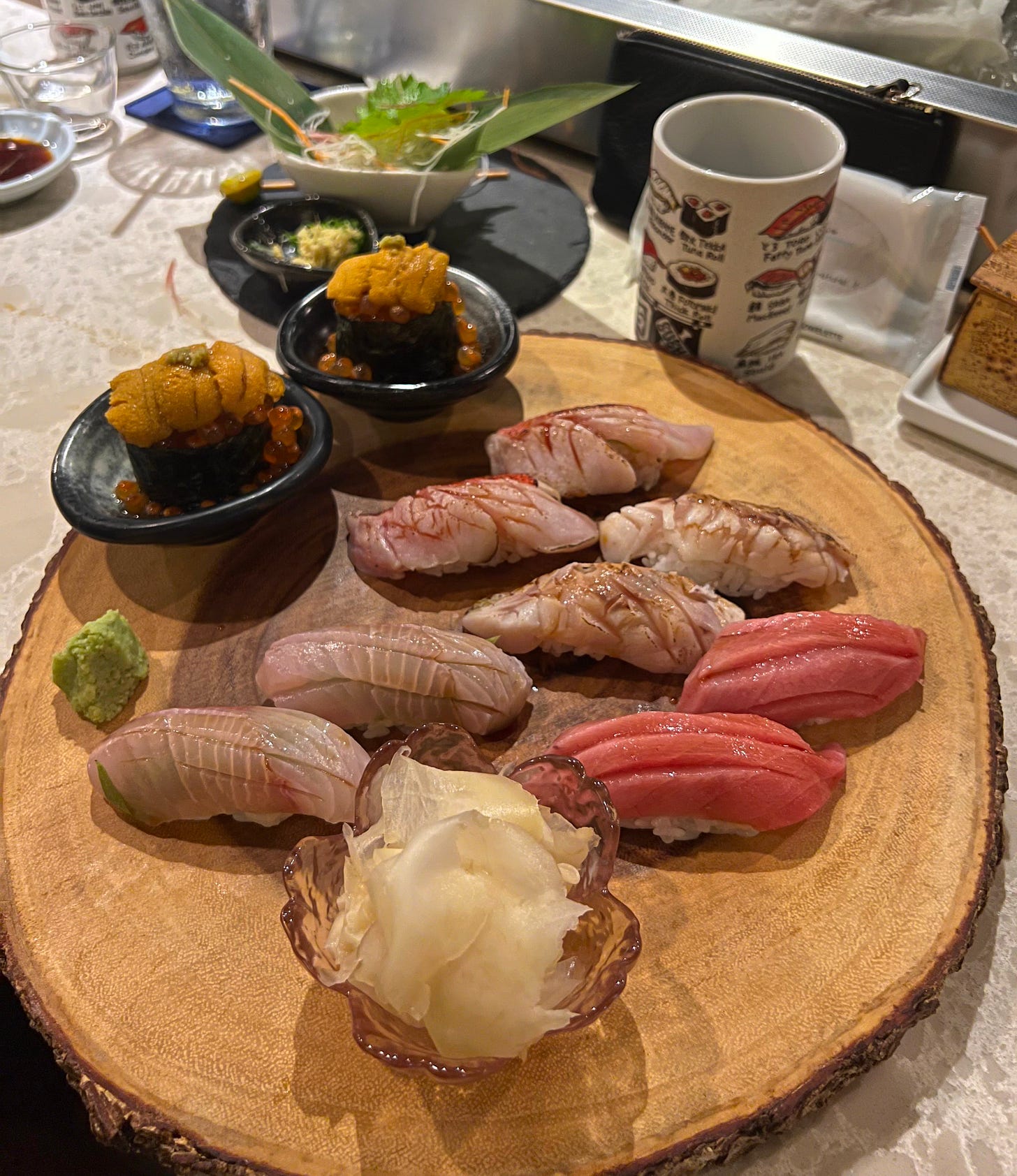
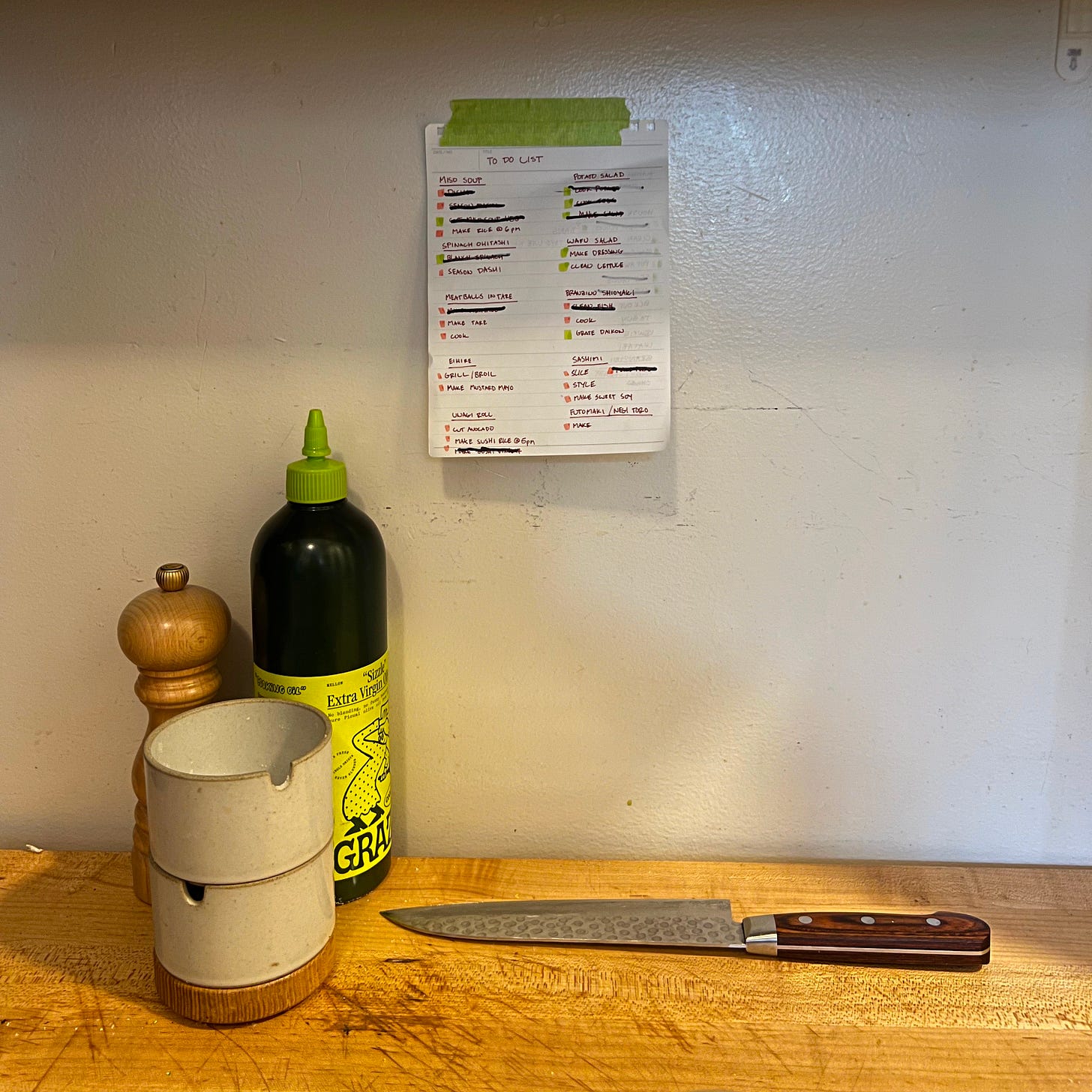
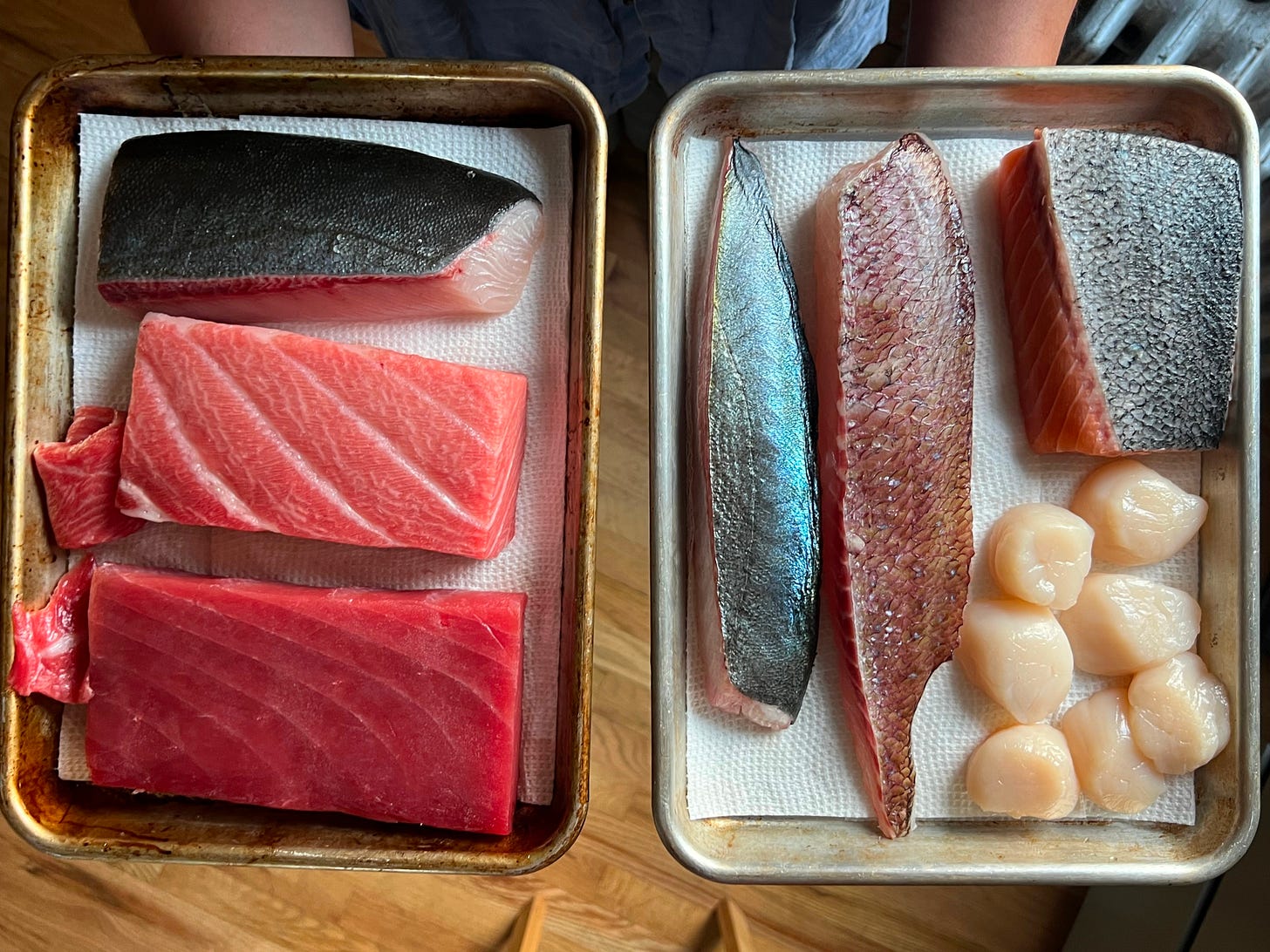
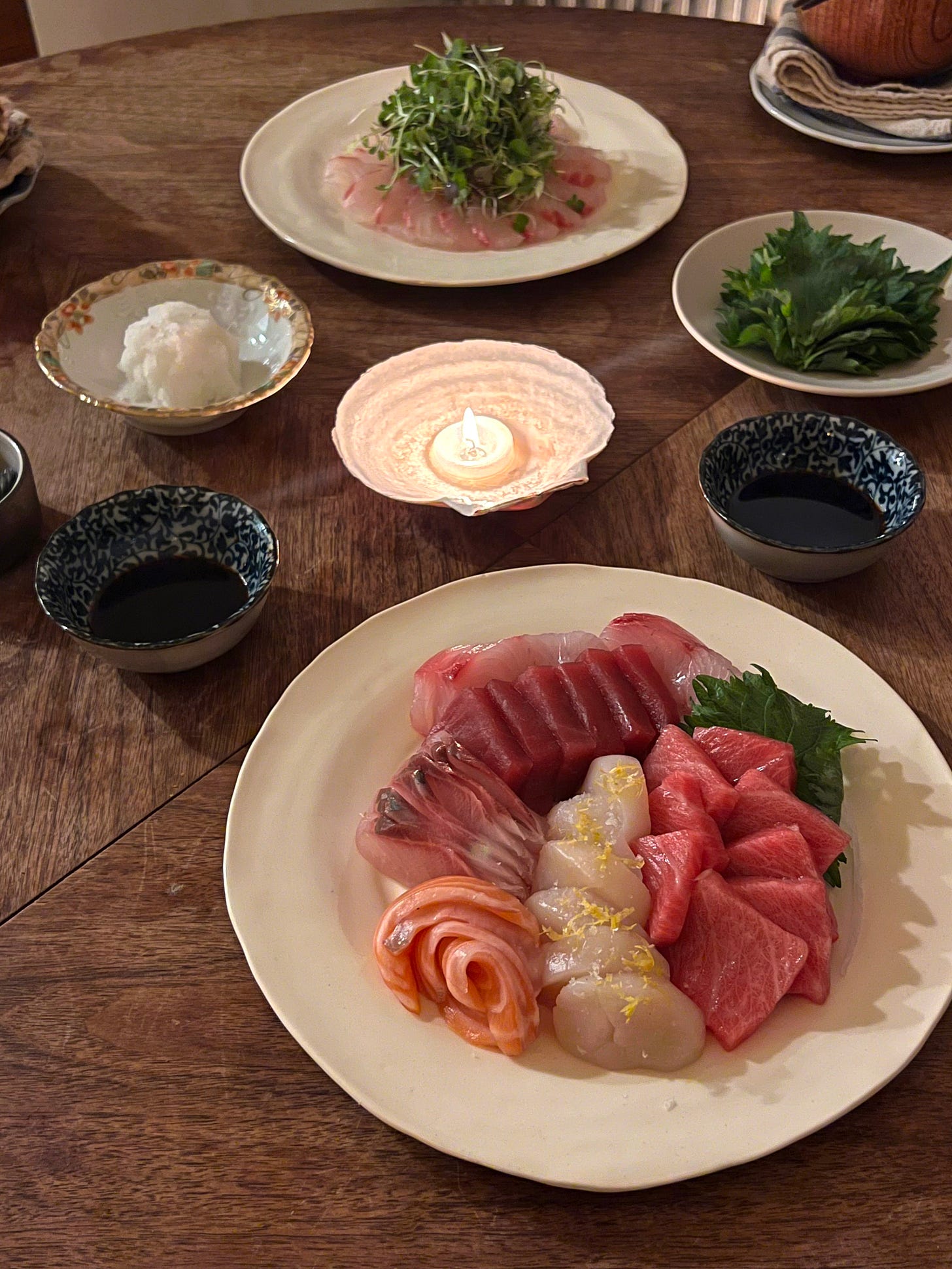
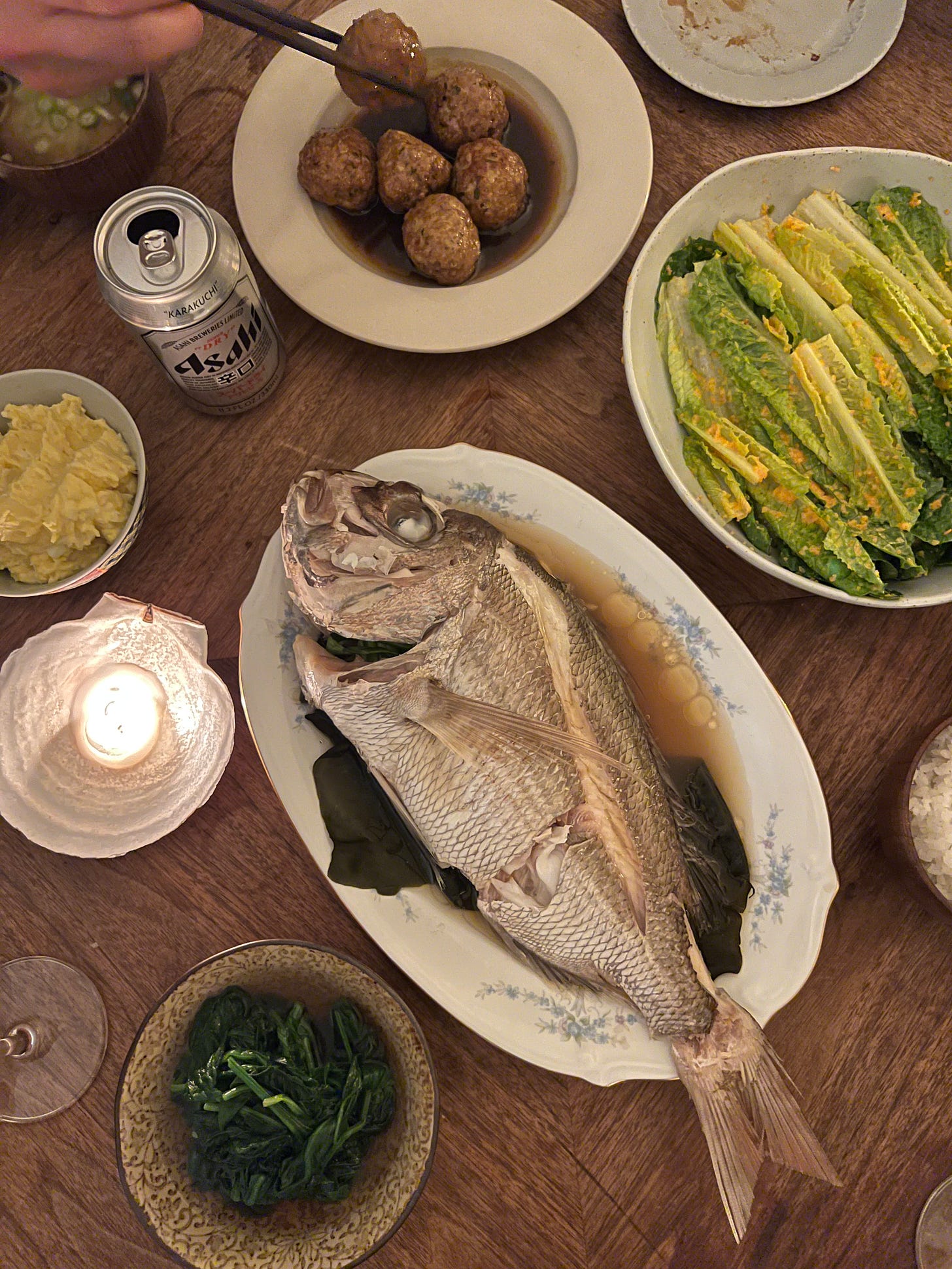
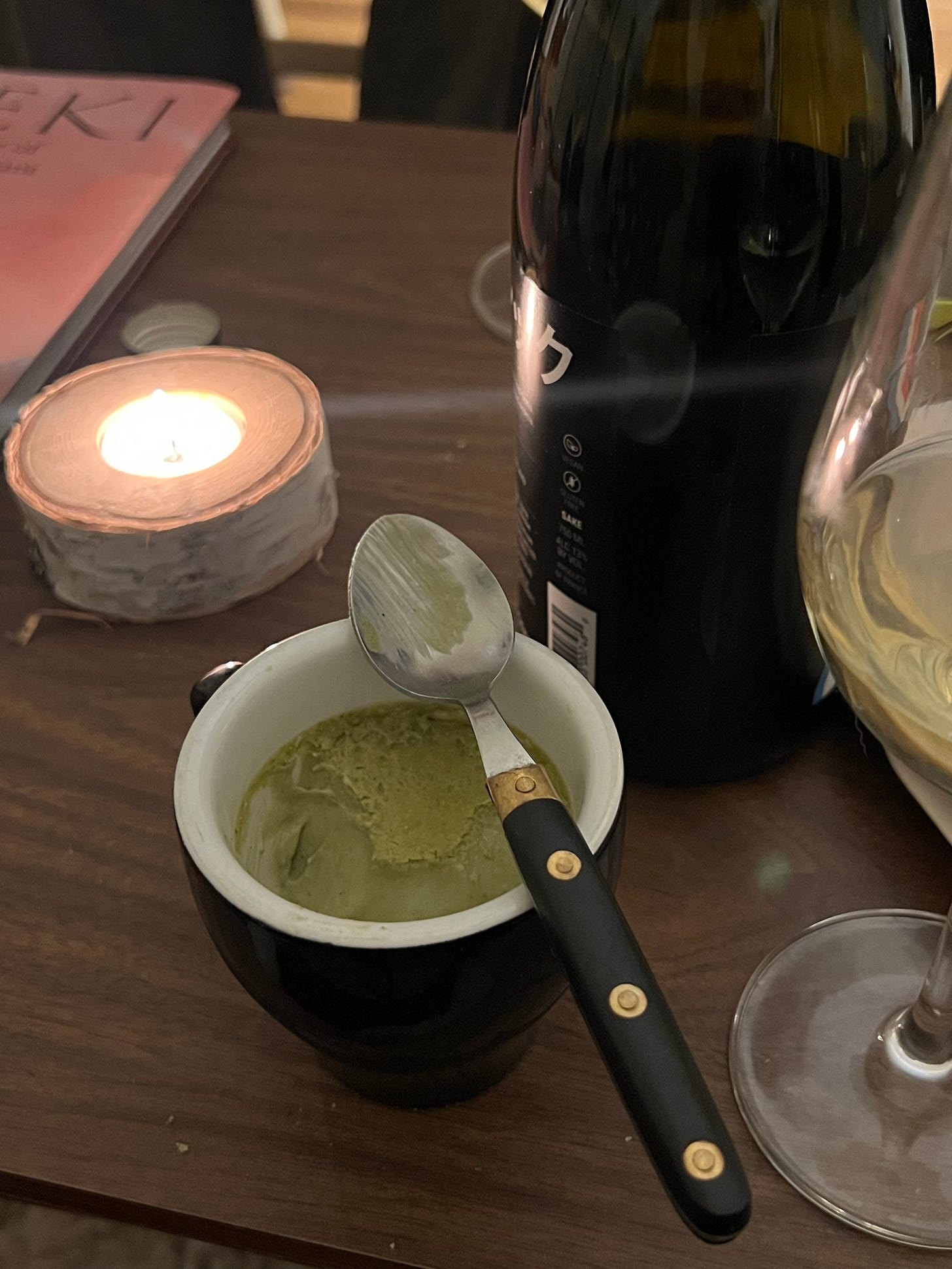
need